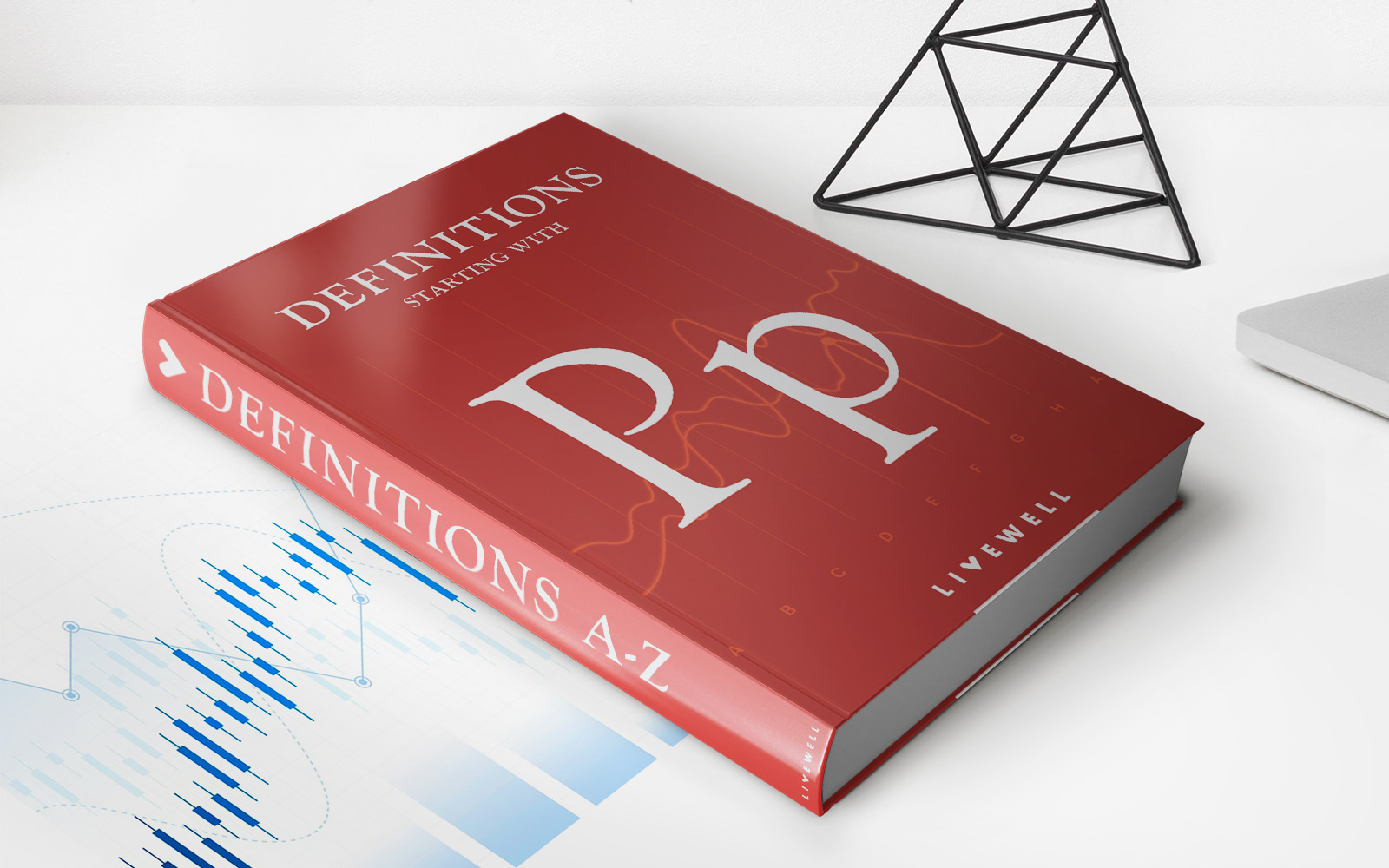

Finance
Is There A Grace Period When You Lease A Car?
Published: February 20, 2024
Learn about the grace period when leasing a car and how it can affect your finances. Understand the implications and make informed decisions.
(Many of the links in this article redirect to a specific reviewed product. Your purchase of these products through affiliate links helps to generate commission for LiveWell, at no extra cost. Learn more)
Table of Contents
Introduction
Car leasing has become a popular option for individuals who prefer driving the latest models without the long-term commitment of car ownership. It offers flexibility, lower monthly payments, and the opportunity to experience new vehicles every few years. However, leasing a car comes with its own set of financial considerations and responsibilities. One crucial aspect that lessees need to understand is the concept of a grace period when it comes to making lease payments.
In this comprehensive guide, we will delve into the intricacies of car leasing and explore the presence of a grace period within this arrangement. Understanding the implications of a grace period, or the lack thereof, is essential for lessees to effectively manage their lease payments and avoid potential financial repercussions. By the end of this article, you will have a clear understanding of the grace period in car leasing and how it can impact your financial obligations as a lessee.
Let's begin by examining the fundamentals of car leasing and the key factors that differentiate it from traditional car ownership.
Understanding Car Leasing
Car leasing, often referred to as a “lease,” is a contractual arrangement where an individual, known as the lessee, pays a monthly fee to utilize a vehicle owned by a leasing company or dealership. Unlike traditional car ownership, where the individual holds full ownership of the vehicle, leasing allows individuals to essentially “rent” the car for a specified period, typically ranging from two to four years.
One of the primary attractions of car leasing is the ability to drive a new vehicle without the long-term commitment associated with ownership. Additionally, lease agreements often come with lower monthly payments compared to financing a vehicle through a traditional auto loan. This affordability is largely attributed to the fact that lease payments cover the vehicle’s depreciation over the lease term, rather than the vehicle’s total value.
It’s important to note that car leasing typically involves restrictions on annual mileage and requires the lessee to maintain the vehicle in good condition, as defined by the lease agreement. Exceeding the allotted mileage or returning the vehicle with excessive wear and tear may result in additional fees at the end of the lease term.
Now that we’ve established the basic principles of car leasing, let’s explore the concept of a grace period within this leasing framework and its implications for lessees.
The Concept of a Grace Period
Within the context of car leasing, a grace period refers to the specified timeframe after the due date for a lease payment during which the lessee can submit the payment without incurring late fees or facing adverse consequences. Essentially, it serves as a buffer period that allows lessees to make their payments without penalty, providing a degree of flexibility in meeting their financial obligations.
While the presence and duration of a grace period can vary depending on the terms outlined in the lease agreement, it is a critical component that can significantly impact the lessee’s experience and financial responsibilities. Lessees must familiarize themselves with the specifics of the grace period outlined in their lease agreement to ensure they understand the allowances and limitations associated with late payments.
Understanding the existence of a grace period is essential for lessees to effectively manage their finances and avoid unnecessary fees or negative impacts on their credit history. It provides a window of opportunity for lessees to rectify any delays in payment without facing immediate repercussions, offering a degree of leniency in the event of unforeseen financial constraints or logistical challenges.
As we proceed, we will delve into the factors that determine the presence of a grace period in car lease agreements and the implications for lessees who may encounter difficulties in meeting their payment deadlines.
Determining the Existence of a Grace Period
When entering into a car lease agreement, it is imperative for lessees to thoroughly review the terms and conditions outlined in the contract to ascertain the presence and specifics of any grace period associated with lease payments. The lease agreement serves as the primary source of information regarding the existence of a grace period, detailing the duration of the grace period, if applicable, and the associated provisions governing late payments.
Typically, lease agreements explicitly state whether a grace period is provided for lease payments and specify the number of days granted as a buffer period beyond the due date. It is essential for lessees to familiarize themselves with this information to avoid any misunderstandings or assumptions regarding the allowance for late payments.
Moreover, some lease agreements may include clauses that outline the consequences of exceeding the grace period or failing to submit payments within the specified timeframe. These consequences can range from late fees and penalties to more severe actions, such as the initiation of repossession proceedings in cases of prolonged delinquency.
Lessees are encouraged to proactively communicate with the leasing company or dealership to seek clarification on any aspects of the lease agreement that may be ambiguous or require further explanation. This proactive approach can help mitigate potential misunderstandings and ensure that lessees are well-informed about the presence and implications of a grace period within their lease agreement.
As we continue our exploration of the grace period in car leasing, it is essential for lessees to recognize the significance of adhering to the terms outlined in their lease agreement and the potential ramifications of failing to meet their financial obligations within the stipulated timeframe.
Consequences of Missing Payments
Missing lease payments can have significant repercussions for lessees, particularly if the lease agreement does not include a grace period or if the lessee exceeds the allotted grace period without submitting the required payment. In such instances, the leasing company or dealership may impose late fees and penalties, adding to the financial burden associated with the lease.
Repeated or prolonged delinquency in making lease payments can also have adverse effects on the lessee’s credit history, potentially leading to a negative impact on their credit score. This, in turn, can affect the lessee’s ability to secure favorable terms for future credit or leasing arrangements, making it essential to prioritize timely payments to safeguard their financial standing.
Furthermore, consistent failure to meet lease payment obligations can result in more severe consequences, including the initiation of repossession proceedings by the leasing company. Repossession entails the retrieval of the leased vehicle due to non-payment, leading to the termination of the lease agreement and potential legal ramifications for the lessee.
It is crucial for lessees to recognize the gravity of missing lease payments and the cascading effects it can have on their financial well-being. Understanding the potential consequences underscores the importance of proactive financial management and adherence to the terms outlined in the lease agreement.
As we navigate the complexities of car leasing, it is paramount for lessees to prioritize responsible financial conduct and seek proactive solutions in the event of challenges that may impact their ability to meet their lease payment obligations.
Tips for Managing Lease Payments
Effectively managing lease payments is essential for lessees to maintain financial stability and fulfill their obligations within the terms of the lease agreement. To navigate the responsibilities associated with car leasing, consider the following tips for managing lease payments:
- Calendar Reminders: Set up calendar reminders or alerts to ensure timely awareness of upcoming lease payments. This proactive approach can help prevent oversights and ensure that payments are submitted within the stipulated timeframe.
- Financial Planning: Incorporate lease payments into your overall financial planning to prioritize these obligations. Understanding the monthly payment schedule and factoring it into your budget can facilitate consistent and timely payments.
- Emergency Fund: Maintain an emergency fund to address unforeseen financial challenges that may impact your ability to make lease payments. Having a financial safety net can provide a buffer in times of unexpected financial strain.
- Open Communication: Establish open communication channels with the leasing company or dealership. In the event of potential payment difficulties, proactive communication can lead to mutually beneficial solutions and demonstrate a commitment to fulfilling lease obligations.
- Financial Monitoring: Regularly monitor your financial accounts to track lease payments and ensure their successful processing. This practice can help identify any discrepancies or issues with payments in a timely manner.
By implementing these strategies, lessees can proactively manage their lease payments and navigate the intricacies of car leasing with greater confidence and financial prudence.
Conclusion
Car leasing presents a compelling opportunity for individuals to enjoy driving new vehicles while avoiding the long-term commitment of ownership. Understanding the nuances of lease agreements, including the presence of a grace period for lease payments, is crucial for lessees to navigate their financial responsibilities effectively.
Throughout this guide, we’ve explored the concept of a grace period within car leasing and its implications for lessees. The presence of a grace period can offer valuable flexibility, allowing lessees to rectify delayed payments without incurring immediate penalties. However, the absence of a grace period or persistent delinquency in making lease payments can lead to adverse consequences, including late fees, credit score implications, and the potential for repossession.
By proactively familiarizing themselves with the terms of their lease agreements and implementing sound financial management practices, lessees can mitigate the risk of missed payments and navigate their lease obligations with confidence. Calendar reminders, financial planning, and open communication with the leasing entity are instrumental in ensuring consistent and timely lease payments.
Ultimately, a comprehensive understanding of the grace period and proactive financial management are essential for lessees to uphold their end of the lease agreement and safeguard their financial well-being. By adhering to the tips provided and maintaining open lines of communication, lessees can navigate the complexities of car leasing with greater ease and financial prudence.
As the landscape of personal transportation continues to evolve, the informed management of car lease payments remains a pivotal aspect of responsible financial conduct for lessees across diverse automotive preferences and needs.














